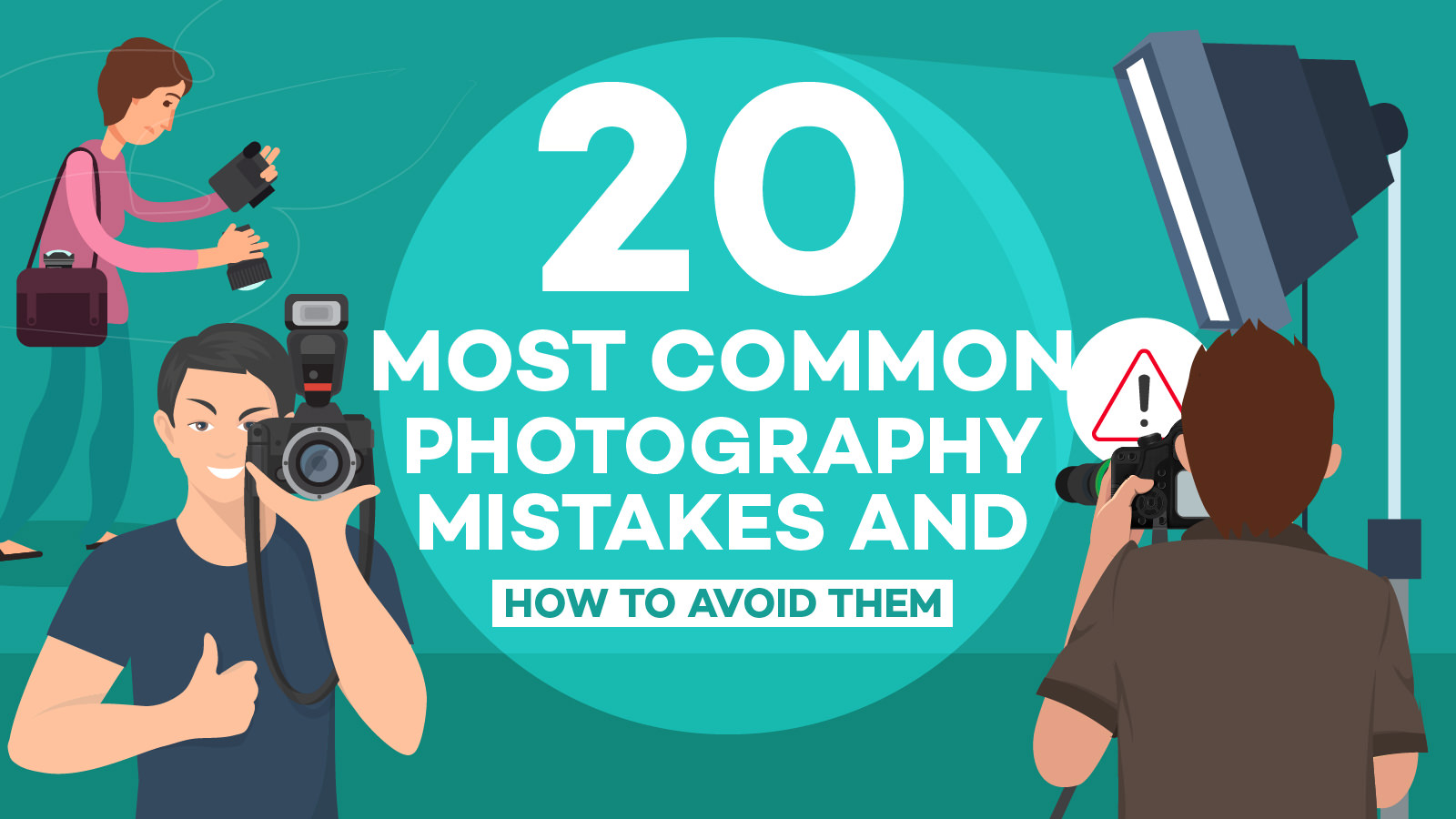Photography has an unparalleled ability to transform moments into timeless memories. It's a journey where every click captures the essence of life, allowing us to see the world through a different lens. However, for beginner photographers, this journey can be fraught with pitfalls that may hinder progress and creativity.
This article aims to illuminate the common mistakes beginner photographers should avoid to refine their skills and capture stunning shots. By understanding these pitfalls, you can enhance your photographic journey and unlock new creative potentials.

Credit: phlearn.com
Recognizing these mistakes is crucial for anyone eager to advance in photography. Let's delve into these ten common errors and explore how to navigate them effectively.
Mistake 1: Neglecting Composition
Composition is the foundation of a compelling photograph. It refers to how various elements within a photo are arranged and their visual harmony. A well-composed image can captivate viewers and convey a story. Common composition errors include centering every subject and ignoring the rule of thirds, which can make images appear static and uninteresting.
To improve, practice using gridlines to align your subjects and study the work of renowned photographers. Observing how they frame their shots can provide valuable insights.
Mistake 2: Overlooking Lighting
Lighting is a pivotal element that affects the mood, tone, and clarity of your photographs. Beginners often make lighting mistakes such as shooting under harsh midday sun, resulting in overly bright images, or capturing underexposed shots due to insufficient light.
To address these issues, consider shooting during the golden hour—shortly after sunrise or before sunset—when the light is soft and flattering. Utilize natural reflectors like walls or water to bounce light onto your subject, and experiment with shadows to add depth to your photos.
Mistake 3: Ignoring Manual Settings
Understanding camera settings like aperture, shutter speed, and ISO is essential for creative control. Many beginners rely too heavily on auto mode, which can limit their ability to capture images as envisioned.
To gain confidence in manual settings, practice adjusting these parameters in various scenarios. For instance, try a low aperture for portraiture to create a blurred background or a fast shutter speed to freeze motion.
Mistake 4: Not Paying Attention to Backgrounds
Backgrounds play a crucial role in enhancing or detracting from your main subject. Common errors include cluttered backgrounds or unintended photobombing, which can distract from the focal point of the image.
When composing a shot, be mindful of the background. Choose settings that complement your subject and, if necessary, adjust your angle to minimize distractions.
Mistake 5: Over-Editing Photos
The allure of editing is strong, especially with the plethora of tools available. However, over-editing can result in unnatural images that lose the essence of the original photo.
To maintain balance, use subtle editing tools and presets that enhance rather than overpower your work. Focus on maintaining the natural feel and authenticity of your images.
Mistake 6: Ignoring Post-Processing Software

Credit: greatbigphotographyworld.com
Post-processing software can significantly enhance your photos by adjusting exposure, contrast, and colors. Some beginners hesitate to use editing tools, often due to misconceptions about their complexity.
Start with beginner-friendly software like Adobe Lightroom or Snapseed, and explore basic editing techniques to refine your images, making them more impactful.
Mistake 7: Lack of Focus on Subject
Every photograph should have a clear subject or focal point. Busy scenes or unclear focus can confuse viewers and dilute the impact of the image.
Use techniques like depth of field to blur backgrounds and framing to direct attention to the subject. This helps create a powerful visual narrative.
Mistake 8: Not Experimenting Enough
Experimentation is key to discovering your unique style and fostering creativity. Sticking to comfort zones can lead to repetitive and uninspired work.
Challenge yourself by trying different angles, perspectives, and subjects. Simple experiments can lead to breakthroughs in your creative process.
Mistake 9: Inconsistent Practice
Like any skill, photography requires consistent practice to improve. Irregular shooting habits can hinder progress and development.
Establish a routine by setting goals or participating in photography challenges. Regular practice will not only enhance your skills but also build your confidence.
Mistake 10: Disregarding Feedback
Constructive feedback offers new perspectives and insights. Many beginners shy away from critiques, fearing negative comments.
Seek feedback through online communities or local photography groups. Embracing constructive criticism can be instrumental in refining your craft.
Conclusion
Avoiding these common mistakes can greatly enhance your photography skills. Remember to focus on composition, lighting, and practice, while being open to feedback and experimentation. This proactive approach will lead to noticeable improvements in your work.
We encourage you to apply these insights and share your experiences or questions in the comments below. Let's grow and learn together in this inspiring journey of photography!
FAQs
What is the most common mistake among beginner photographers?
Answer
: One of the most common mistakes is relying too heavily on auto mode, which limits creative control over the final image.
How can beginners improve their composition skills?
Answer
: Beginners can enhance their composition by studying the rule of thirds, practicing with framing techniques, and analyzing the work of established photographers.
Is it necessary to invest in expensive gear for better photos?
Answer
: Not necessarily. Many stunning shots are taken with basic equipment. Understanding techniques and maximizing the potential of your current gear are far more crucial.

Leave a Reply